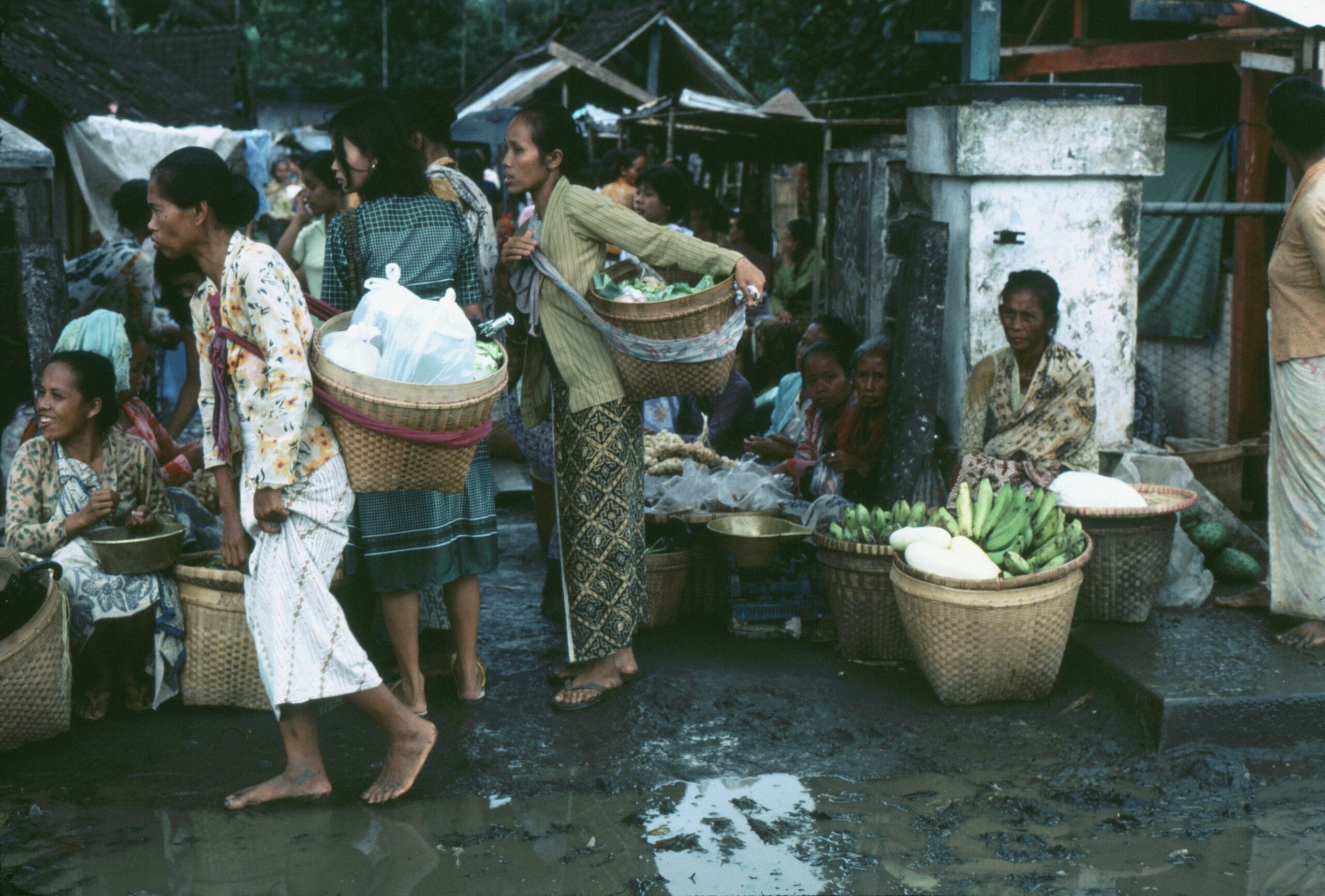This study analyzed trends in China’s health resource efficiency using national data and the Proportion Weight Method (PWM) to evaluate multi-input and multi-output conditions. From 2008 to 2021, the efficiency of health institutions improved from 0.77 to 0.91, while...

Understanding the financial hardships faced by TB/HIV patients in Indonesia during the pandemic
This study examined out-of-pocket (OOP) spending and catastrophic health costs among tuberculosis (TB) and HIV patients in Bandung and Yogyakarta, Indonesia, during the COVID-19 pandemic using a mixed-methods approach. About 5.13% of households faced catastrophic...
Aligning global health initiatives with UHC: Insights from Pakistan’s evolving health aid landscape
The study examines how Global Health Initiatives (GHIs) align with Pakistan’s pursuit of Universal Health Coverage (UHC) amid reduced global aid and evolving national priorities. Using a political economy approach, it finds that expanding GHI mandates operate largely...
Health and economic effects of increased taxation on tobacco, alcohol, and sugar-sweetened beverages in China
China could achieve major health, economic, and fiscal benefits by increasing taxes on tobacco, alcohol, and sugar-sweetened beverages (SSBs). Modelling from 2026–2050 shows that 20% price hikes could prevent about 1.35 million deaths and generate over ¥6.8 trillion...
Navigating Health Reform: Lessons from Thailand’s UHC Journey
This article examines a case of rapid national health reform in a low-resource setting, highlighting how effective problem recognition, technical policy preparation, and political alignment enabled comprehensive expansion of health coverage. Key success factors...
Illness to poverty in India: a qualitative exploration of hardship financing for healthcare
Despite government efforts to control health expenditures in India, households in Kerala's Pathanamthitta district face substantial out-of-pocket expenses (OOPE) for medical care, forcing them to rely on hardship financing through borrowing and asset sales. This...
Indirect effects of long-term care insurance in China
This study examines how China's long-term care insurance (LTCI) affects hospital expenditures among disabled individuals ineligible for benefits, addressing a gap in existing research. Using a difference-in-difference approach with data from pilot cities and the China...
Transforming the Indian Private Sector for UHC
This paper develops a conceptual framework to integrate healthcare financing and delivery in India’s fragmented private sector so that competition promotes value rather than service volume. Drawing on international models from Israel, the U.S., Spain, Brazil, and the...
Progress and inequalities in financial risk protection toward universal health coverage: insights from Vietnam
The study analyzes Vietnam’s progress on financial risk protection (FRP) as part of Universal Health Coverage using data from six national surveys covering 2010–2020. It evaluates multiple FRP indicators, including catastrophic, impoverishing, and financial hardship...
Assessing the financial burden on Irish patients and their households attending hospital clinics
This pilot study examined the private out-of-pocket costs incurred by patients attending hospital outpatient consultations in Ireland. Data from 42 patients showed a median cost of €131 per visit and an average annual expense of €559, with additional burdens such as...
Unlocking value: a comprehensive costing study of primary health care service delivery in Tanzania
Tanzania’s government significantly increased primary health care (PHC) spending between 2021/22 and 2022/23, raising per capita expenditure and spending per outpatient visit. Despite this progress, current PHC spending remains well below global standards and the...
Value of pharmacy services for common illness symptoms covered by universal coverage at drugstore compared to outpatient services at a hospital in Thailand
Since October 2022, the National Health Security Office has incorporated pharmacy services for 16 common conditions, including headache, dizziness, pain in joint, muscle pain, fever, cough, sore throat, stomachache, diarrhoea, constipation, dysuria, vaginal discharge,...
Disease-specific distress healthcare financing and catastrophic out-of-pocket expenditure for hospitalization care in Bangladesh
This study examined out-of-pocket (OOP) expenditures for hospitalization in Bangladesh using data from the 2022 Household Income and Expenditure Survey covering 14,395 households. The average annual OOP cost per hospitalization was USD 418, nearly twice as high in...
Strengthening health system financing in the context of COVID-19
The COVID-19 pandemic has caused a double shock – health and economic. Strengthening health financing systems has been a stressful task, not only for developing countries but also for developed countries. This study compares the impact of the COVID-19 pandemic on the...
Inequalities and trends in access to health insurance and essential public health services among internal migrants in china: 2013 to 2018
China’s 2009 health-care reform expanded Universal Health Coverage (UHC), but inequalities persist for internal migrants. Analysis of nearly one million migrants (2013–2018) showed high medical insurance enrollment (87.4%) and financial protection improvements, but...
